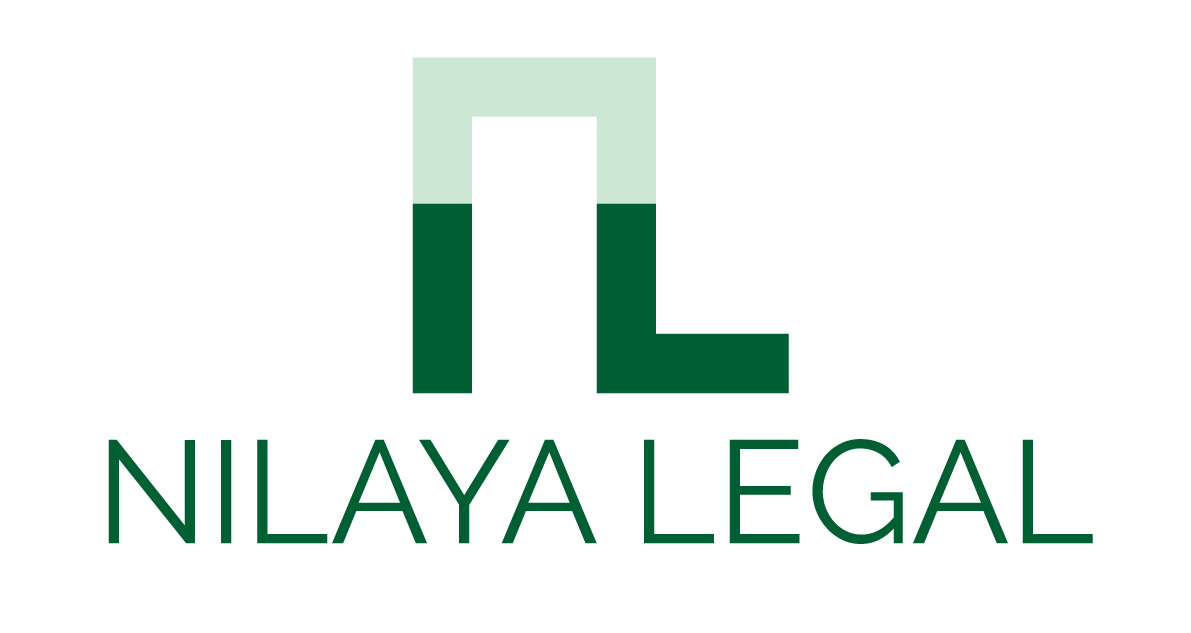ESOP liquidation programs are all the rage now with companies announcing innovative, new-age ESOP plans and buy-back structures that are taking the culture of making employees feel like they belong, sharing rewards of upsides with employees and appreciating loyalty, a notch above. However, when it comes to execution, implementation and employee awareness about what it actually means to them in terms of economic value and the how and when of that, there exists somewhat of a gap. Because, like all other market driven risk-based instruments, there is a veil shrouding the mystery that makes it more attractive, yet complex.
Even a couple of years back, our attempts as lawyers, were primarily focused on drafting robust employee stock option schemes/policies, taking care of and anticipating situations of exercise, vesting, treatment of vested and unvested stock options upon termination (for good as well as bad reasons). Today, the focus is shifting more towards encashability of ESOPs, how it can be made more lucrative for employees in need of liquidity and what it means to companies at the time of exits/M&As.
In this post, we provide a few insights into how to go about devising an ESOP structure, that is self-sufficient (in the sense that it is robust in terms of policy making at an organization level and cognizant of future needs and prospects of companies and employees):
First and foremost, planning. ESOPs are important instruments that eventually impact the capital table of a company. Therefore, it is imperative for founders devote a bit of their time and bandwidth, in the initial days of drafting the policy, so that there is complete alignment between the founders’ requirements and the drafting team.
Size of the pool. The size of the pool is the most important consideration in any ESOP structure and there is no-one-size-fits-all answer to this. Founders may find it helpful to think through some initial questions here – for instance, the kind of employees they are willing to share the potential stock ownership plan with, whether senior level or all-inclusive (as we are seeing in some recent cases, where the idea is to also bring in delivery personnel within the ambit of ESOP structures, provided the basic requirements of the law are met).
However, at the end of the day, ESOPs typically come out of the founders’ kitty in the capital table. Further, these are instruments that need to be used for making the organization more attractive as an employment option. Therefore, granting ESOPs to core team members or making vesting structures performance based may not only help in attracting the best of the best but also showcase a certain amount of seriousness in the system. The loud and clear messaging being that employees earn what they deserve. It also brings in fairness, transparency and most importantly, something that junior employees will strive for in the organization, which in turn, helps in succession planning.
Terms and conditions. As dreary as these may be, once policies are drafted, adopted and approved by the board and shareholders of a company, it is important for the management team to talk about it and not just make it a part of documents that the HR needs to provide to employees at joining. Frequent sessions to make employees aware of the policy provisions, such as:
(i) what’s the vesting schedule – monthly/quarterly/annual or even 100% vesting at the end of 1 year (like Meesho) or everyday vesting structure (as announced by Licious);
(ii) when to exercise options (whether immediately after vesting or once in a year such as during festival time or during notice period or any other time);
(iii) what’s the strike price or exercise price (whether fair market value or discount to fair market value or ten rupees);
(iv) what’s the exercise process;
(v) what happens if employees resign within or after the vesting period or who gets the options if an employee dies;
(vi) what happens after exercise, when does employees become actual shareholders and what are the rights and obligations that come with such shareholding.
Mapping and monitoring. At a company level, once options are granted, there would be requirements of maintaining records of ESOP holders, vested and unvested options, vesting period for each ESOP holder, whether exercised or not and it is always a good practice to share these data with each individual employees on an annual or bi-annual basis. For employees, it is important to have executed grant letters in place and irrespective of whether companies intimate or not, maintaining their own independent records of the above.
With ESOPs picking up pace again as a preferred futuristic remuneration model amongst both employers and employees, we hope that more and more companies adopt innovative, employee-friendly and easy-to-liquidate structures that will not only reinforce employee belief but will also help companies in achieving more egalitarian practices that ultimately benefit early stage companies.

